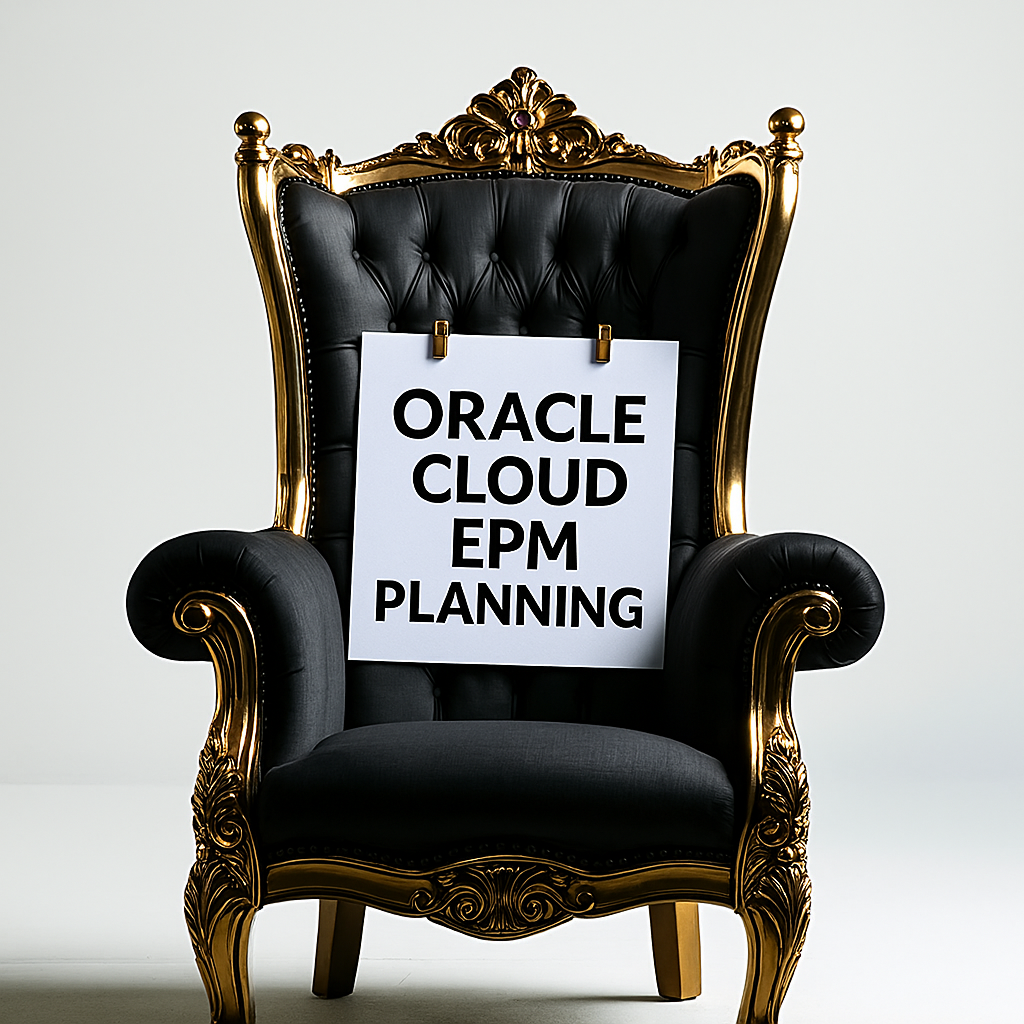For years, Oracle Hyperion Planning has been a go-to solution for enterprise budgeting and forecasting. It’s stable, it’s familiar, — it’s been around long enough to feel like an old friend. But now that Oracle is pushing customers to the cloud with Oracle Cloud EPM Planning, many finance leaders are asking:
Is it worth making the move? Is Oracle Cloud Planning really all that?
Let’s break it down — no fluff, just facts.
Deployment & Infrastructure
Hyperion Planning (On-Prem):
- Requires IT to manage hardware, software, patching, backups, and disaster recovery.
- Performance is tied to in-house infrastructure capabilities.
- Upgrade cycles are manual and can be disruptive.
Oracle Cloud Planning:
- 100% cloud-based—no hardware, no on-prem support team required.
- Oracle manages updates, patches, and uptime.
- New features are released monthly, with minimal downtime.
Verdict: Oracle Cloud Planning eliminates the infrastructure headaches. No more waiting for IT to apply patches or troubleshoot server errors.
Features & Functionality
Hyperion Planning:
- Tried-and-true functionality—customized to your business over time.
- Heavy reliance on IT for form design, integrations, and automation.
Oracle Cloud Planning:
- Built-in Rolling Forecasts, Sandboxing, Predictive Planning, and Smart View integration.
- Business users can build and manage forms, rules, and dashboards—without IT dependency.
- Seamless mobile access and browser compatibility.
Verdict: Oracle Cloud Planning brings powerful tools to the surface—democratizing planning across the organization.
Cost & Scalability
Hyperion Planning:
- High upfront costs for licensing, hardware, and implementation.
- Ongoing maintenance, IT overhead, and upgrade expenses.
Oracle Cloud Planning:
- Subscription-based pricing.
- Scales with your business—add users or capacity as needed.
- Lower total cost of ownership (TCO) over time.
Verdict: Oracle Cloud Planning provides predictable budgeting and cost flexibility that traditional CAPEX-heavy models can’t match.
Updates & Innovation
Hyperion Planning:
- Major upgrades every few years—often requiring consultants and downtime.
- Falling behind on innovation as Oracle prioritizes the cloud.
Oracle Cloud Planning:
- Monthly updates, often driven by customer feedback.
- Access to the latest capabilities, including AI and machine learning-based forecasting.
Verdict: With Oracle Cloud Planning, you're not just moving to the cloud—you’re stepping into the future.
So, Is Oracle Cloud Planning Really All That?
In a word: Yes.
If your goal is faster planning cycles, less reliance on IT, stronger forecasting, and a lower cost to serve, then yes, Oracle Cloud Planning really is all that.
The legacy of Hyperion Planning served the enterprise world well. But today’s finance leaders need agility, scalability, and innovation—and that’s exactly what Planning in the cloud delivers.
The cloud isn’t coming. It’s already here.
Ready to see if Planning in the cloud fits your organization’s needs? Let’s talk about how to get you there —





